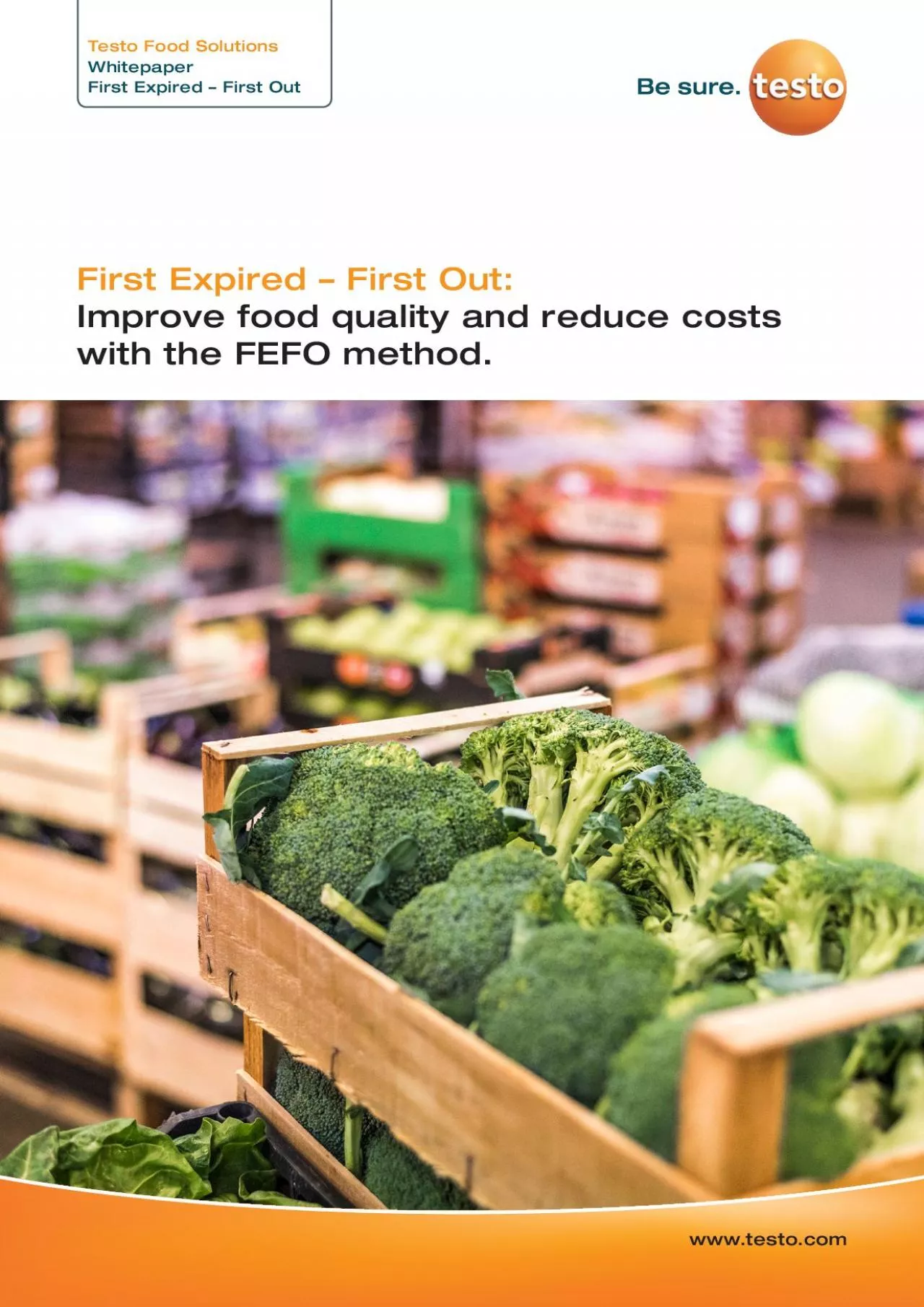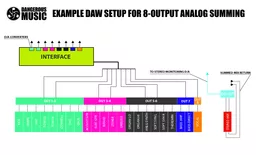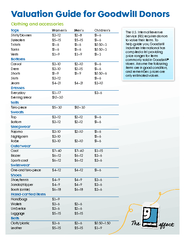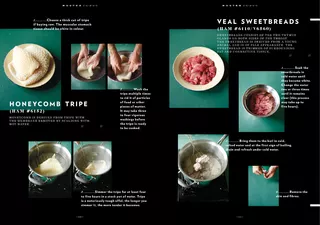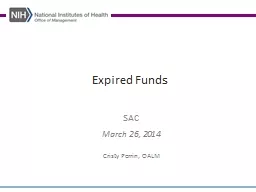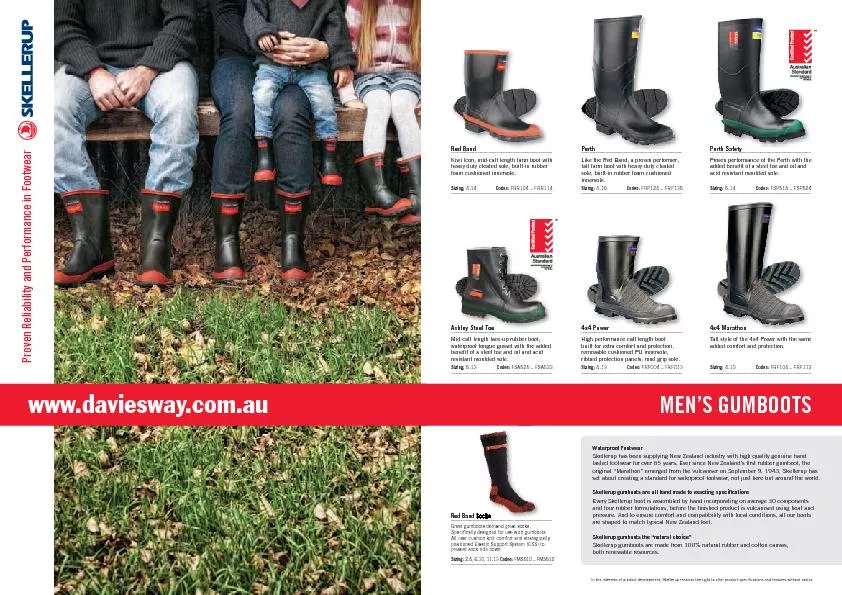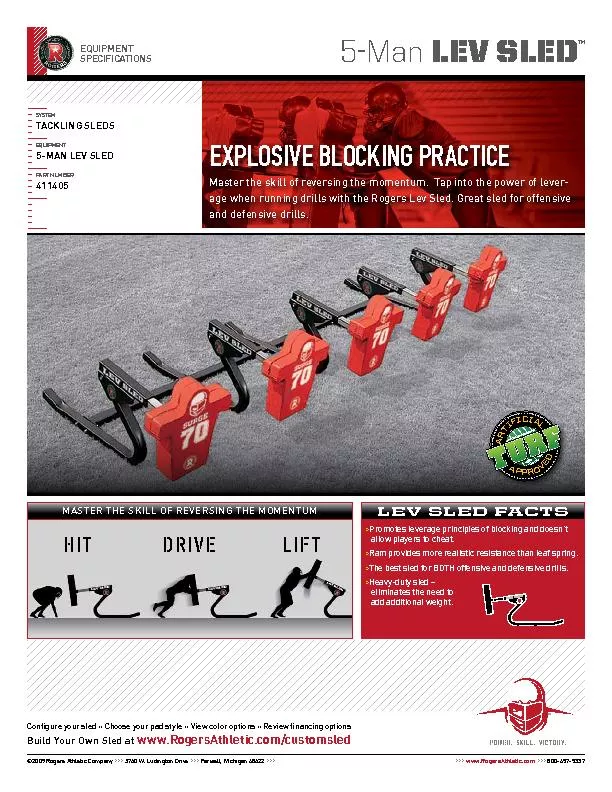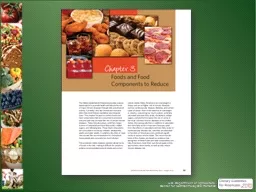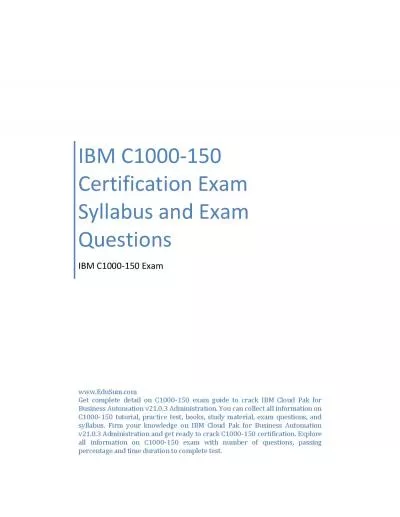PDF-First Expired 150 First Out Improve food quality and reduce costs Test
Author : fauna | Published Date : 2021-08-27
A loss of 30 of all food produced worldwide occurs along the valueadded chain 147from farm to fork148 every year This corresponds to approx 13 billion tonnes When
Presentation Embed Code
Download Presentation
Download Presentation The PPT/PDF document "First Expired 150 First Out Improve food..." is the property of its rightful owner. Permission is granted to download and print the materials on this website for personal, non-commercial use only, and to display it on your personal computer provided you do not modify the materials and that you retain all copyright notices contained in the materials. By downloading content from our website, you accept the terms of this agreement.
First Expired 150 First Out Improve food quality and reduce costs Test: Transcript
Download Rules Of Document
"First Expired 150 First Out Improve food quality and reduce costs Test"The content belongs to its owner. You may download and print it for personal use, without modification, and keep all copyright notices. By downloading, you agree to these terms.
Related Documents

